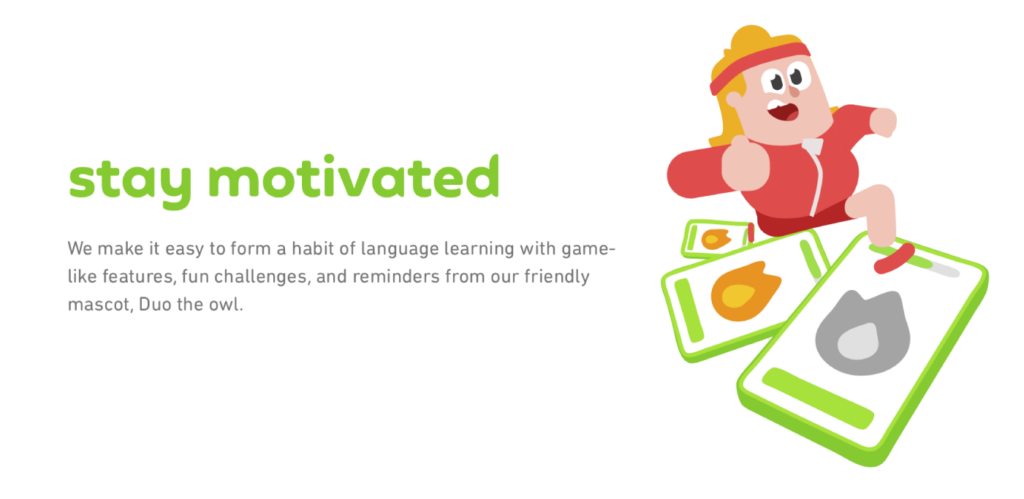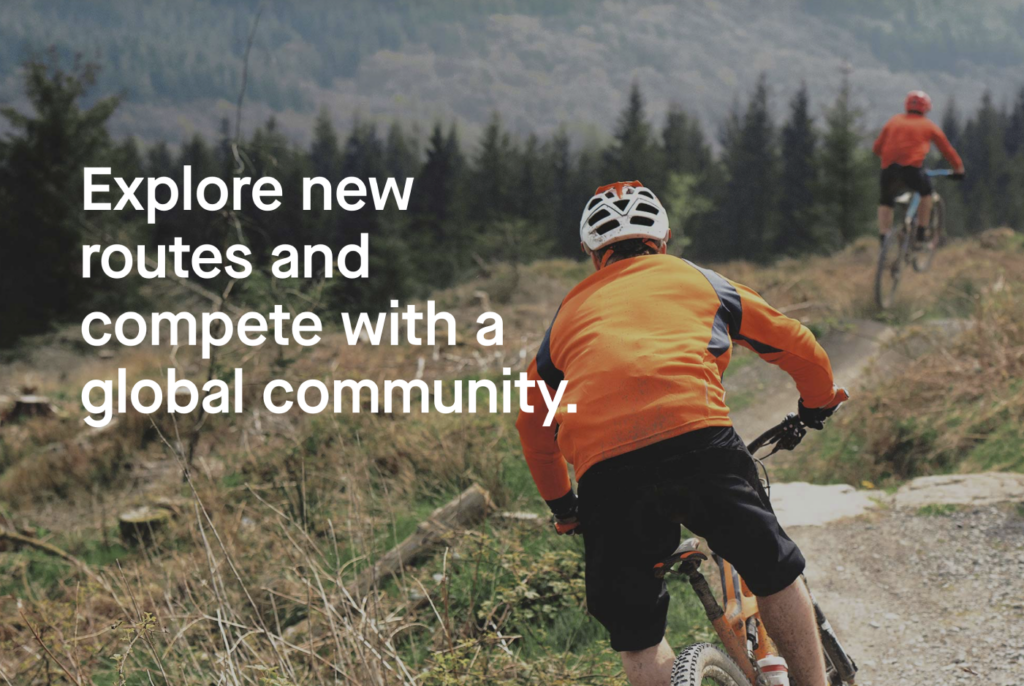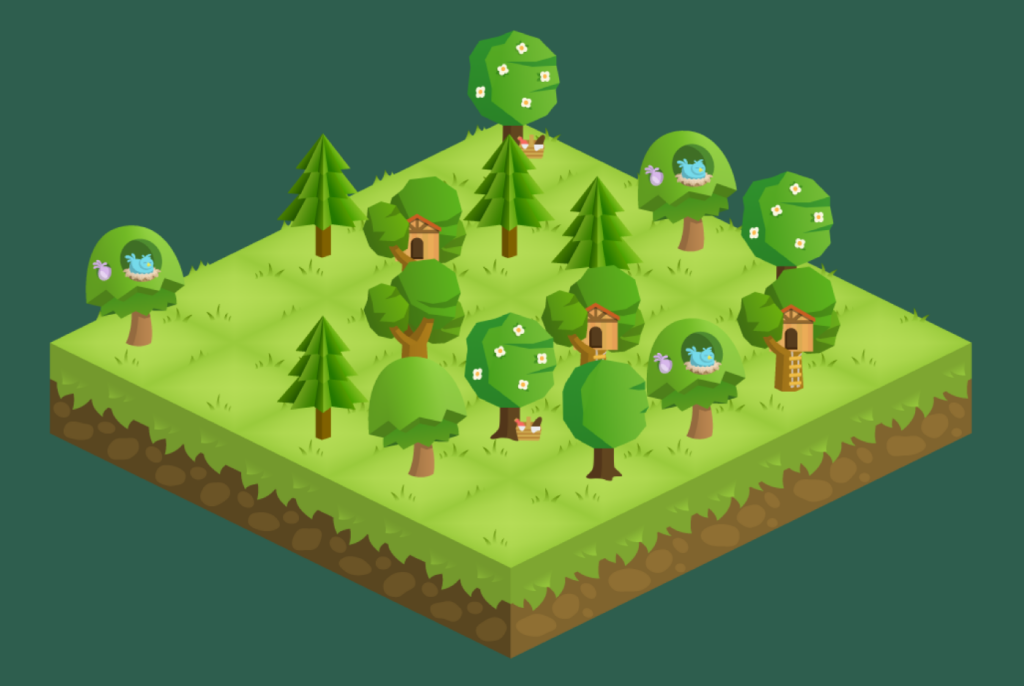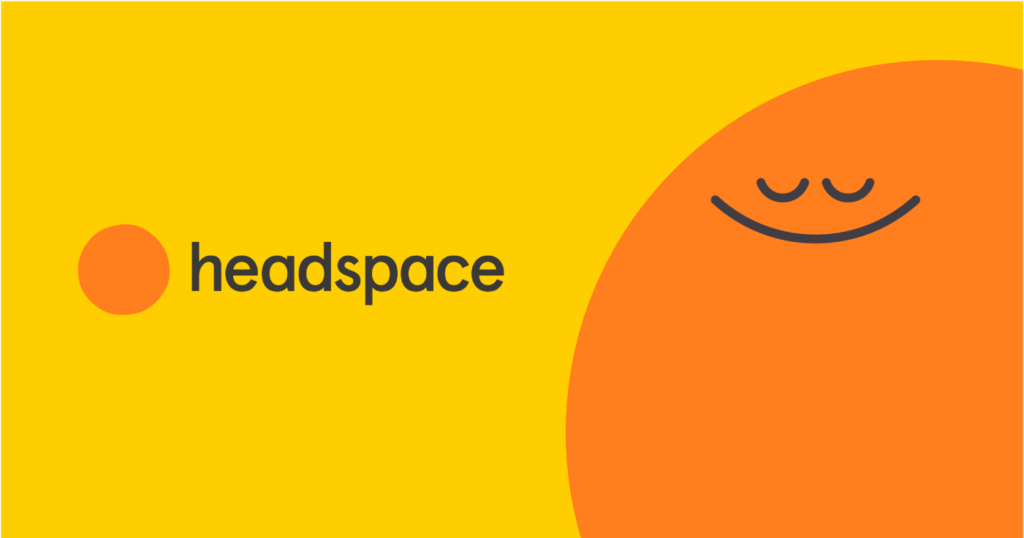Outstanding Examples: The Five Leading Brands Excelling in Gamification
The branding landscape is being revolutionised by gamification. As this trend gains momentum, more and more brands - from diverse markets - are incorporating gamification elements into their branding strategies, catering to the growing consumer demand for more immersive brand experiences.
Gamification is no longer limited to simply transforming products into games; brands are fully immersing themselves in the gaming experience to build a powerful connection with their audiences using a variety of tools.
Here, we present five remarkable examples of brands that have skillfully embraced this trend, leveraging gamification to captivate and connect with customers on a new level.
1. Duo lingo. This well-known language-learning platform has captured the hearts, thoughts, and imaginations of millions. Its combination of game mechanics, lively interface, and gratifying progress tracking transforms mundane study sessions into an immersive experience and has encouraged a significant increase in the number of individuals engaging in language learning. Progress levels, consistent learning streaks, and accomplishments ignite users’ competitive nature, while accurate responses and completed lessons unlock virtual incentives, enhancing their language proficiency. What’s not to love?
We would be remiss not to mention their iconic Owl mascot, Duo, who has become somewhat of an internet sensation, particularly among Gen Z. Duo’s engaging, and entertaining personality perfectly embodies Duolingo’s successful gamification approach.

Image credits: https://www.duolingo.com
2. Strava. This renowned fitness app has nailed gamification, transforming the way we approach exercise by making it trackable, social and competitive. At the heart of this innovation lies the use of leaderboards, medals and rewards which fuel a sense of friendly rivalry and motivate users to push their limits.
Strava taps into people’s desire to make exercise a more social activity – regardless of location – fostering a sense of community and empowering them to reach their full potential.. Excellent stuff.

Image credits: https://www.strava.com/features
3. Forest. By tapping into our innate desire to achieve, progress and grow, this nifty productivity app helps us stay focussed and on track. By simply completing a task, users not only experience the satisfaction of accomplishment but also contribute to the growth of their virtual forest. As their forest expands rapidly, they are visually rewarded for their time and effort, creating a compelling incentive to keep it up.
Just like in popular games like Minecraft, Forest employs simplified blocky graphics, tapping into users’ nostalgia for old-school gaming. Sparking motivation, encouraging focus, and rewarding productivity, Forest turns work into an adventure that leaves a lasting impact on both users’ virtual forests and real-world accomplishments.

Image credits: https://www.forestapp.cc
4. Kudo. The main objective of this application is to promote responsible driving among its users by offering rewards and incentives. Through journey tracking, users have the opportunity to earn Koins, a currency within the app, that can be redeemed for thrilling gifts or used as entries in competitions.
What distinguishes Kudo is its clever utilisation of a brand identity inspired by vintage 8-bit games. This design choice taps into our shared nostalgia for these beloved classics, appealing to the inner gamer in all of us.

Image credits: https://www.facebook.com/KudoInsurance/
5. Headspace. With the brand mission of improving health and happiness worldwide, Headspace has harnessed the power of gamification to appeal to its audience and make mindfulness, meditation and self-care less daunting.
By creating streaks for their users, Headspace skillfully encourages them to keep up the good work. The visual presentation of these streaks effectively fosters long-term engagement within the app. Ultimately, when something brings individuals a sense of fulfilment, they are less likely to abandon it.

Image credits: https://www.headspace.com/about-us
If you need help incorporating gamification elements into your branding strategies, drop us a line to discuss how we can help.